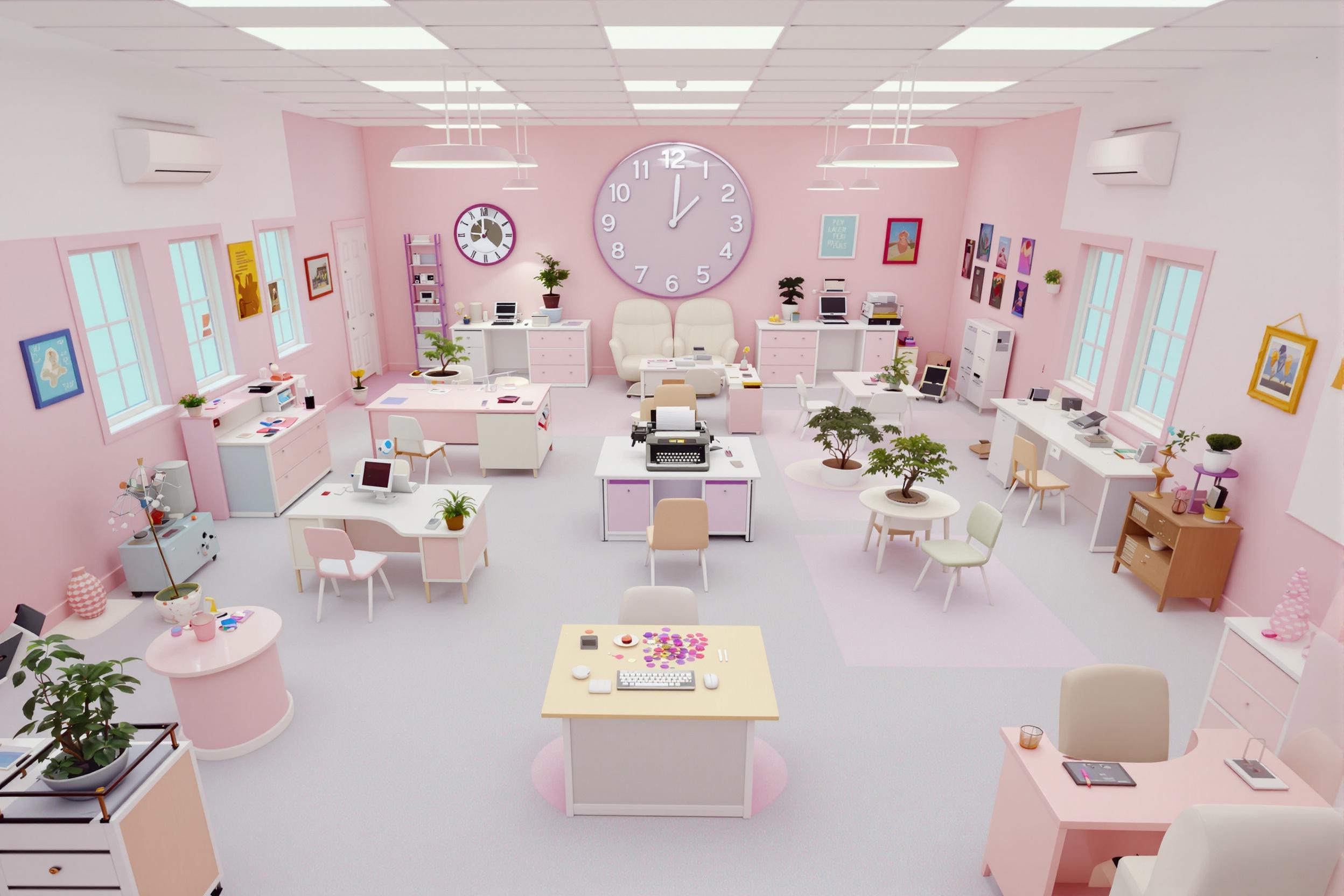
Picture Rail
A Picture Rail is a special kind of wall molding or trim that's installed horizontally along walls, typically positioned near the top of the wall just below the ceiling. It's designed to help hang artwork, mirrors, and other wall decorations without damaging the walls with nails or hooks. Decorators and installers use this traditional design feature both for its practical hanging system and for its aesthetic appeal in adding architectural detail to a room. It's particularly common in historic homes and buildings but is also gaining popularity in modern interior design for its blend of functionality and style.
Examples in Resumes
Installed Picture Rail systems in Victorian home restoration projects
Designed custom Picture Rail solutions for art gallery spaces
Restored original Picture Railing in historic buildings
Implemented modern Picture Rail Molding systems in contemporary homes
Typical job title: "Picture Rail Installers"
Also try searching for:
Where to Find Picture Rail Installers
Professional Organizations
Online Resources
Example Interview Questions
Senior Level Questions
Q: How do you approach a complex picture rail installation in a room with uneven walls or ceiling heights?
Expected Answer: An experienced installer should discuss measuring techniques, problem-solving methods for irregular spaces, and how to ensure a level installation despite architectural challenges. They should mention tools used and how to maintain visual consistency.
Q: What considerations do you take into account when installing picture rails in historic buildings?
Expected Answer: Should demonstrate knowledge of historical styles, matching existing moldings, proper restoration techniques, and understanding of preservation requirements. Should also discuss working with historical preservation guidelines.
Mid Level Questions
Q: What factors determine the appropriate height for picture rail installation?
Expected Answer: Should explain standard height considerations, room proportions, ceiling height impact, and how to adapt to different architectural styles while maintaining functionality.
Q: How do you calculate materials needed for a picture rail project?
Expected Answer: Should be able to explain measuring rooms, accounting for waste, calculating corners and joints, and ensuring proper material quantities while staying within budget.
Junior Level Questions
Q: What are the basic tools needed for picture rail installation?
Expected Answer: Should list essential tools like level, measuring tape, miter saw, nail gun, and discuss basic safety equipment and proper tool usage.
Q: Describe the difference between picture rail and crown molding.
Expected Answer: Should explain that picture rail is for hanging artwork and sits lower on the wall, while crown molding is purely decorative and sits at the ceiling junction.
Experience Level Indicators
Junior (0-2 years)
- Basic measuring and cutting
- Simple installations on straight walls
- Understanding of basic tools
- Following installation guides
Mid (2-5 years)
- Complex cutting and joining
- Working with different materials
- Problem-solving irregular spaces
- Reading architectural plans
Senior (5+ years)
- Historic restoration expertise
- Custom design solutions
- Project management
- Training and supervising teams
Red Flags to Watch For
- Unable to use basic measurement tools
- Lack of attention to detail
- No experience with different molding styles
- Poor understanding of proper installation heights
- No knowledge of proper safety procedures
Related Terms
Need more hiring wisdom? Check these out...

Resume Screening Reinvented: 9 Unconventional Strategies to Discover Top Talent Hidden in Plain Sight

Unlocking Team Potential: Personality Mapping for Dynamic Management

Step Into Our World: How Pre-Recorded Virtual Workplace Tours Are Changing The Recruitment Game

